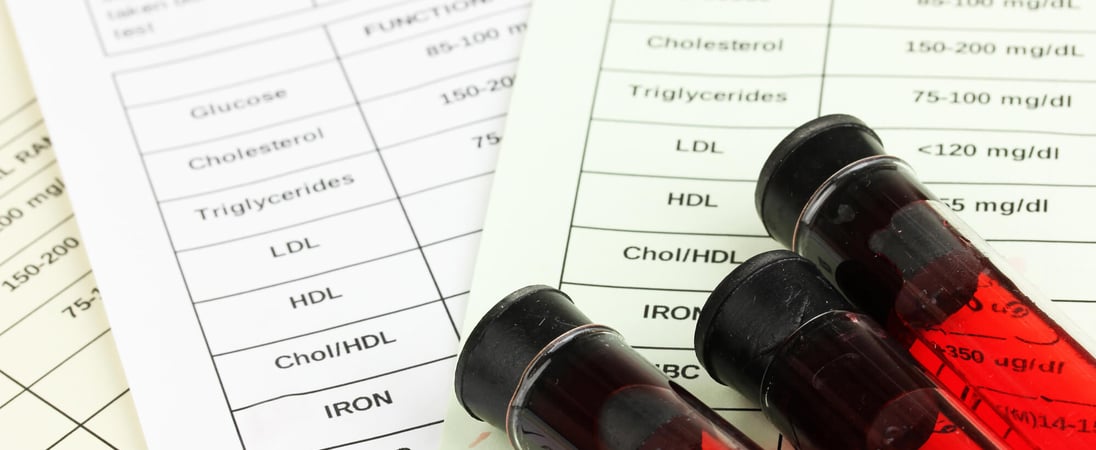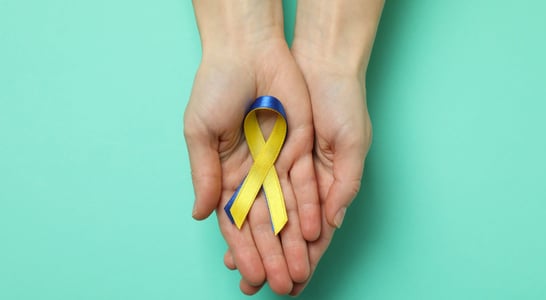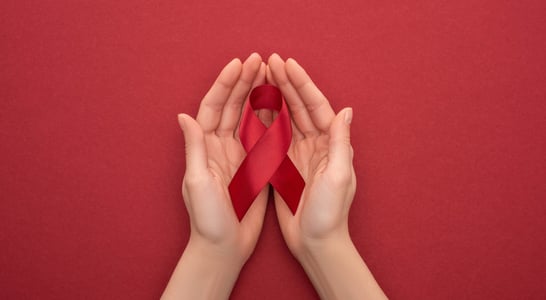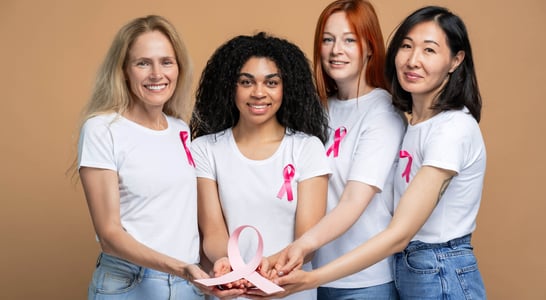
World Hemophilia Day
For some 400,000 people, simple papercuts, nicks, and scrapes can actually be dangerous or even life-threatening due to a blood disorder known as hemophilia.
Nicking your finger with a knife while chopping some tomatoes for a salad is just a nuisance for most of us—we utter a choice word or two, rinse the cut, apply a disinfectant and maybe a band-aid, and then proceed to go on with our lives.
The same goes for, say, tripping and falling—most of us will just get up and keep on going, not giving the situation any more thought and barely noticing the bruise that may appear afterward.
Unfortunately, there are people whose very lives may be put in danger because of such seemingly minor accidents: hemophiliacs.
Hemophilia affects approximately 400,000 people worldwide, many of whom are not fully aware of their condition or are not getting the treatment they need.
Because a relatively small percentage of the world’s population suffers from hemophilia, many people are not aware just how serious this condition is and how much more difficult and dangerous it makes the lives of those who have it.
And this is where World Hemophilia Day comes in.
How to Celebrate World Hemophilia Day
Numerous events are organized every year on World Hemophilia day, filled with educational presentations and other events that promote an awareness of the disease and those who suffer from it.
If you are unable to attend, you could consider making a donation to the World Federation of Hemophilia to help support their fight against this debilitating condition, especially in the poorest parts of the world.
Another thing you could do is find the World Federation of Hemophilia’s Facebook page and proceed to share some of the many infographics they post in order to help your Facebook friends become more informed as well.
The same goes for Twitter—follow the World Federation of Hemophilia, and retweet their tweets about this day.
It may not seem like much at first glance, but social media has proven itself to be incredibly powerful on many occasions, especially when it comes to getting the word out about an important cause. Even the smallest of gestures can make a world of difference!
History of World Hemophilia Day
Hemophilia was first discovered in the 10th century, when physicians started to take a serious interest in people, especially males, who were bleeding to death after sustaining only minor injuries. At that time, it was called Abulcasis.
Unfortunately, due to the limited technology of the day, it was impossible to research the condition properly.
Numerous famous historical figures are thought to have had hemophilia, especially members of the European royal families, and it was often treated with aspirin which thinned the blood of the hemophiliac further, causing the symptoms to worsen.
Then, in 1803, Dr. John Conrad Otto of Philadelphia began to study people he called, “bleeders” more extensively, recognizing it to be a hereditary illness that was most often passed onto males from by their healthy mothers. In 1937, hemophilia was officially divided into two types: A and B.
Though no cure for hemophilia has been invented till this day, the sickness can be controlled by administering clotting factors on a regular basis in order to avoid spontaneous bleeding episodes.
World Hemophilia Day was created by the World Federation of Hemophilia in 1989, and the date it’s celebrated on, April 17th, was chosen in honor of the founder of the organization’s birthday, Frank Schnabel.
The day’s purpose is to raise awareness about the disease as well as other bleeding disorders and also to raise money for the treatment of those who cannot afford it.
World Hemophilia Day FAQs
How do traditional healing practices address hemophilia?
In some cultures, traditional remedies are still used to manage hemophilia due to limited medical resources.
For example, herbal poultices and blood-staunching plants are applied in rural areas of Africa and Asia.
While these methods can offer temporary relief, they do not address the underlying clotting issues. Efforts are ongoing to integrate modern care with traditional practices to improve outcomes.
How did hemophilia earn the nickname “the royal disease”?
Hemophilia became known as “the royal disease” due to its prevalence in European royal families, notably descending from Queen Victoria.
She was a carrier and passed the gene to several descendants, affecting royal lineages in Spain, Germany, and Russia.
This association highlighted the genetic transmission of hemophilia.
What are some myths associated with hemophilia?
A common myth is that individuals with hemophilia bleed faster than others. In reality, they bleed longer due to clotting difficulties, not at an accelerated rate.
Another misconception is that only males can have bleeding disorders; while hemophilia predominantly affects males, females can be carriers and may experience symptoms.
How do different countries participate in World Hemophilia Day?
Globally, landmarks illuminate in red to raise awareness. For instance, in 2021, over 100 landmarks worldwide participated in the “Light it up Red” campaign, symbolizing solidarity with the bleeding disorders community.
Are there unique cultural practices related to hemophilia awareness?
In Tunisia, the Association Tunisienne des Hémophiles organizes workshops on home treatment and educational activities for children, integrating cultural contexts into awareness efforts.
What challenges do women with hemophilia face?
Women with hemophilia often encounter underdiagnosis and limited access to care.
The WFH emphasizes the need for equitable treatment, highlighting that women and girls also bleed and require appropriate diagnosis and management.
How has the COVID-19 pandemic impacted World Hemophilia Day celebrations?
The pandemic prompted a shift to virtual events, with the bleeding disorders community adapting by hosting online seminars, virtual fundraisers, and social media campaigns to continue raising awareness despite physical distancing measures.
What role do national organizations play in World Hemophilia Day?
National member organizations collaborate with the WFH to organize local events, educational sessions, and advocacy campaigns, tailoring activities to their specific cultural and healthcare contexts to effectively reach their communities.
How does World Hemophilia Day contribute to global health initiatives?
The day aligns with broader health goals by promoting awareness, encouraging early diagnosis, and advocating for access to treatment, thereby contributing to improved health outcomes and quality of life for those with bleeding disorders worldwide.
What are some lesser-known facts about hemophilia?
Approximately one-third of hemophilia cases result from spontaneous gene mutations with no prior family history.
Additionally, while hemophilia is rare, affecting about 1 in 10,000 people, it occurs worldwide across all racial and ethnic groups.
See what else is happening…
There’s always more going on every month at Days Of The Year. Here are our favorites this month!
Also on ...
View all holidaysNational High Five Day
Give a high five to everyone, and let them know their accomplishments don’t go unnoticed. Whether your friend got a promotion or made a basket—high five!
National Kickball Day
Revisit your childhood by gathering some friends, family, or co-workers and getting together a fun, light-hearted game of kickball. It’s not just for kids!
International Haiku Poetry Day
Write your own Haiku. Take in other poet’s works. Let Haikus move you.
We think you may also like...
Rare Chromosome Disorder Awareness Day
Highlighting unique genetic variations, fostering understanding and support — a celebration of diversity in the genomic tapestry of life.
ALS Awareness Month
A condition affecting motor neurons, ALS challenges resilience, fostering community, advancing research, and supporting individuals.
Decembeard
Supporting bowel cancer research through facial hair growth, spreading awareness, and fostering solidarity in the community.








